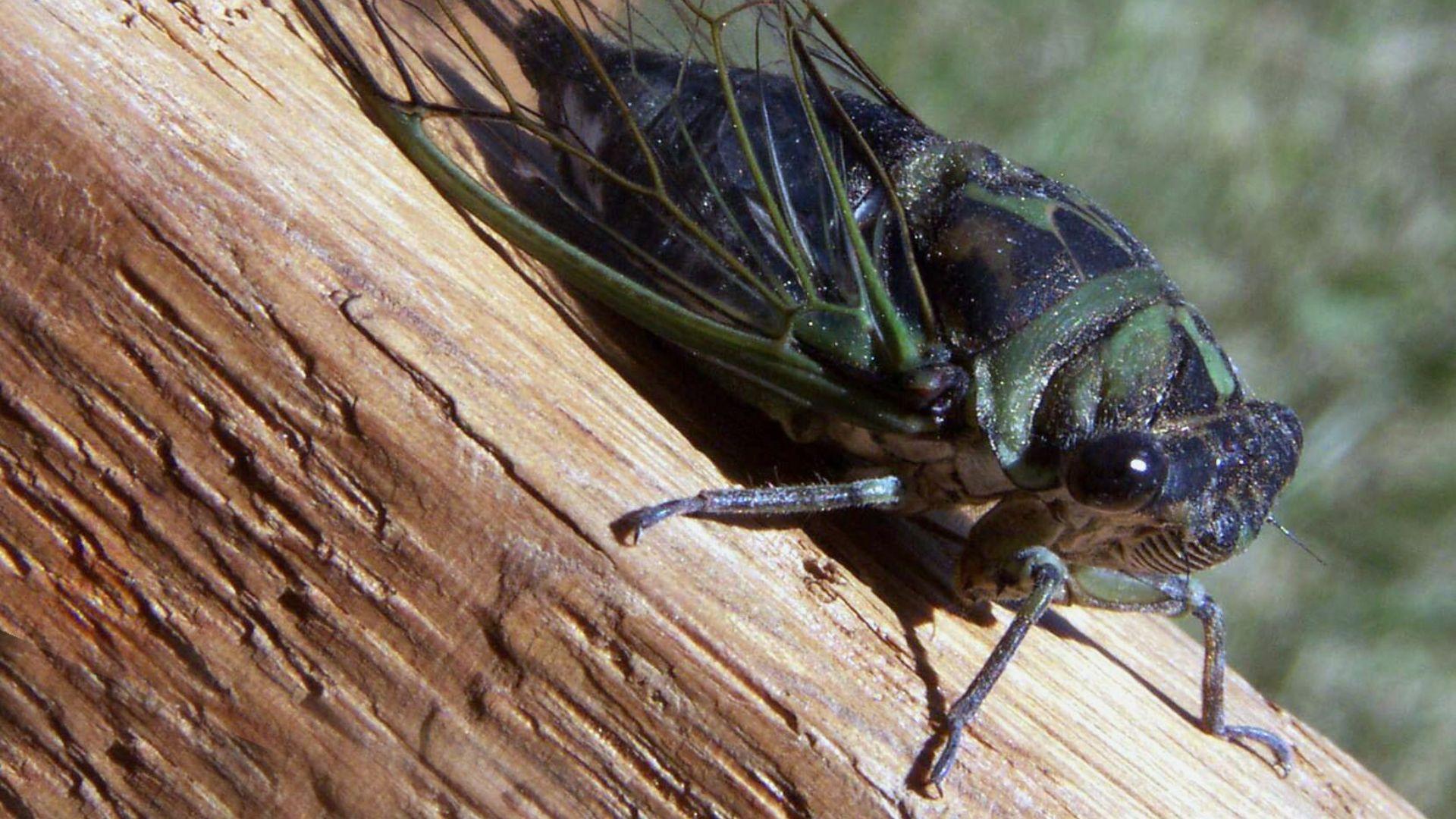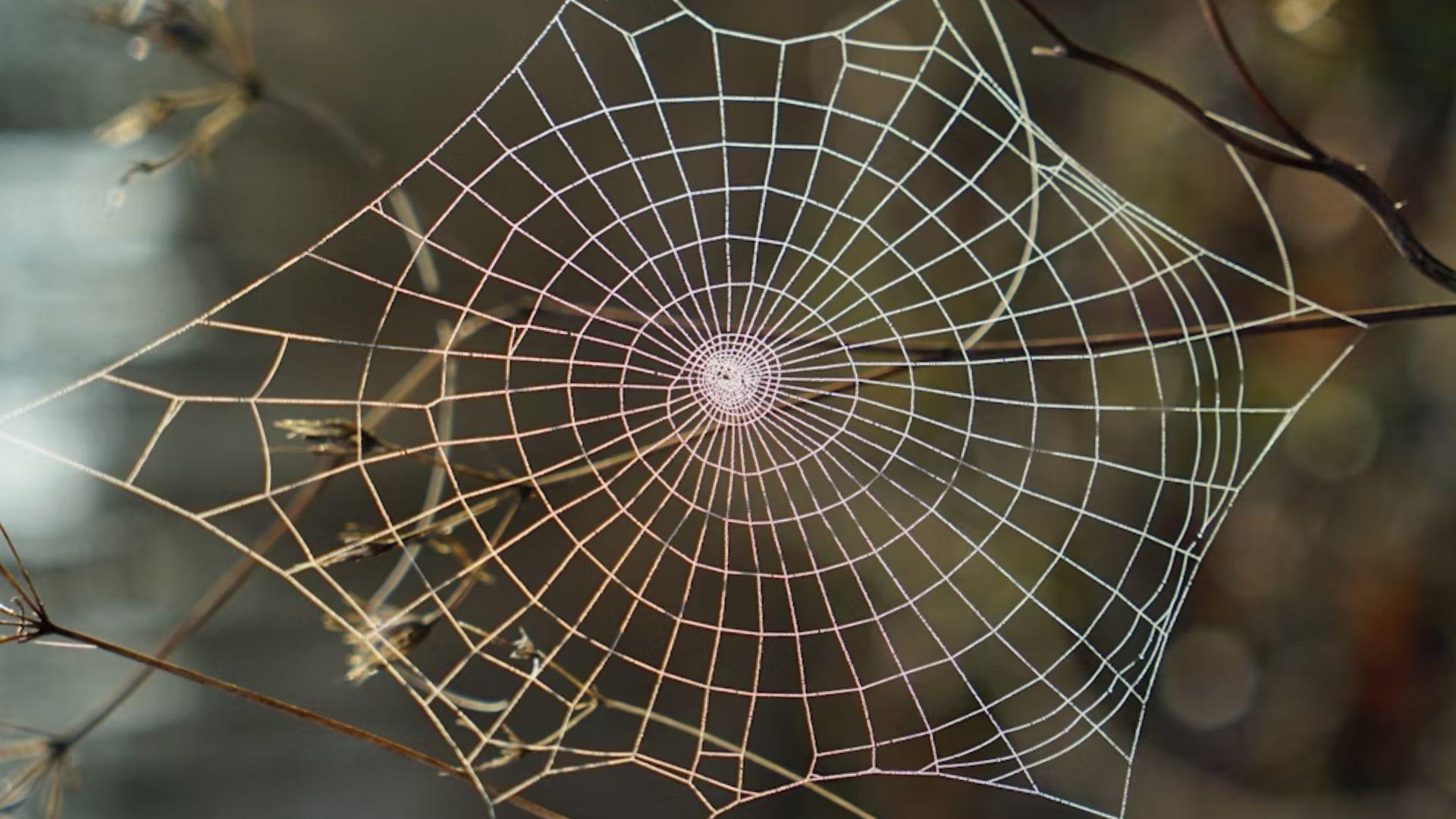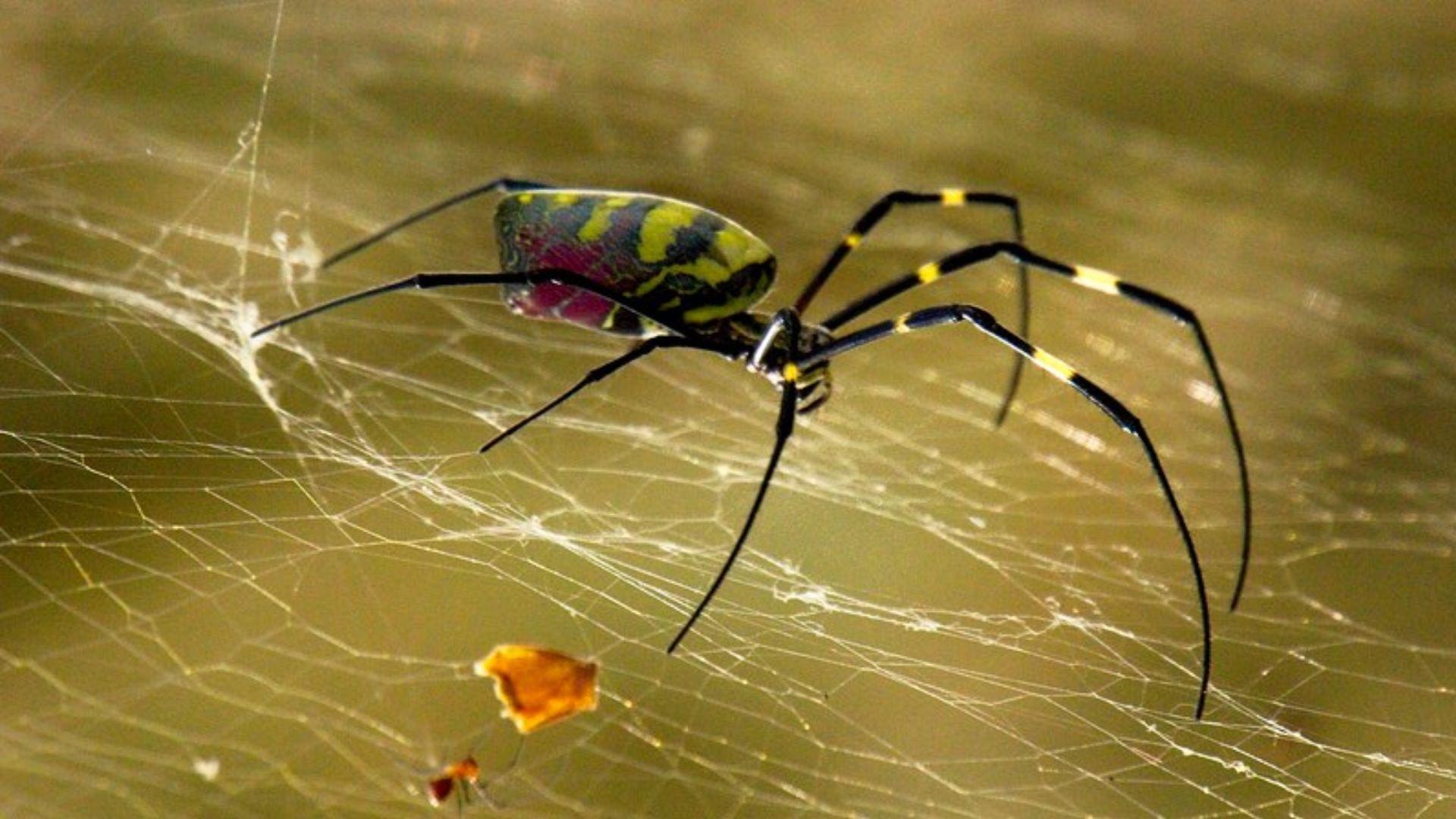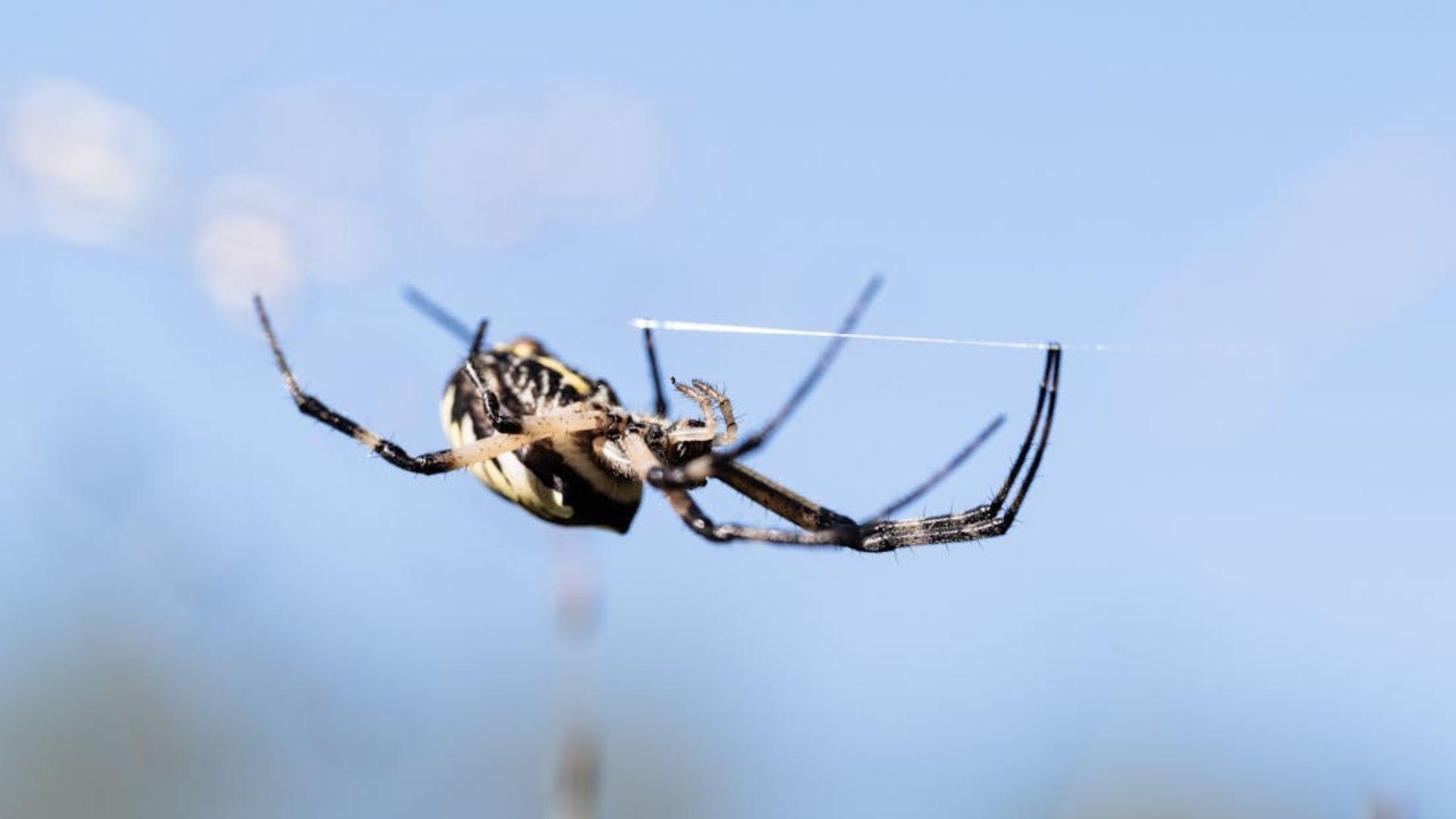New Jersey Pest Control has warned North-easterners that an invasion of giant flying spiders is on it’s way. The spiders are venomous, with 4-inch-long legs and the ability to parachute through the air.
Known as Joro spiders, they’ve been making headlines in America for over a decade. The insect invasion follows the Joro spider making a home for itself in Georgia in the early 2010s.
Cicadas and Flying Spiders?! What To Expect.

Much of the Midwest and Southwest is already reeling from the first simultaneous emergence of two cicada broods for the first time in decades. But for those who are struggling to deal with the cicada incursion, there’s good news.
At least for now, the Joro spiders seem to be sticking to the Northeastern area, away from the ongoing cicada invasion. Unfortunately, for Georgians already dealing with both cicadas and the spiders’ presence, experts don’t expect the spiders to leave anytime soon.
A Silver Lining for North East Residents

For those living in the areas expected to be hit by the flying spider invasion, they may feel like they’ve just woken up in a nightmare. Luckily for them, there is some good news.
Experts have reassured residents that the Joro spider is rather timid – freezing and remaining immobile for an hour when threatened with mild disturbances. Moreover, while technically venomous, the spiders’ fangs are not designed to pierce human skin.
So What Do These Spiders Look Like?

Joro spiders are known for their long legs – which, at four inches in length are four times as long as their bodies. Their legs are striped in black and yellow, while their bodies have intricate black, yellow and red patterning.
The male spiders are smaller than the females and are more darkly colored. The spiders also weave intricate, gold-tinted, three-layered webs.
What Exactly is Meant By “Flying” Spiders?

When Joro spiders are described as “flying” spiders, we don’t mean _flying _in the way we traditionally think of it. You will not see a Joro spider flying in the same way you would a bee, moth or wasp.
Instead of traditionally flying, Joro spiders engage in what is known as “ballooning”. This involves them shooting threads in the air still attached to their bodies. The wind then carries these spiders via these threads to new locations.
Should the Population Be Scared?

Given that their teeth are not designed to penetrate human skin, Joro spiders are not thought to present a meaningful risk to human beings. In fact, they are only likely to bite at all if being constrained, meaning it might be best to just leave them alone.
Experts say that no record exists of Joro spiders causing damage to humans or pets. At most, the bites are likely to leave symptoms similar to that of a bee sting – mild swelling and redness.
Where Did These Spiders Come From?

The Joro spider is native to Asia and is named after a the Japanese spider demon, Jorogumo. They are commonly found in China, Taiwan and Japan.
By means still unknown, the so-called flying spiders found their way to the Southern states of the United States in the early 2010s. Landing in Georgia in 2014, they are now expected to expand their reach to the US Northeast this fall.
The Lifespan of a Joro Spider

The average Joro spider lives for around 12 months. However, they make a noticeable impact in that time – with a single female Joro egg sac containing as many as 1,500 eggs.
Joro spiders largely go unnoticed until they reach sexual maturity at the two-to-three-month mark. It is at this age, where the practice of ‘ballooning’ is most popular – made easier and more efficient by the low weight of the animal.
Jury is Out on Whether Joro Spiders Threaten Eco Systems

While Joro spiders aren’t considered to be a threat to humans, the same can’t necessarily be said for other insects. Where Joro spiders are found in high numbers, there are lower populations of native spiders.
Joro spiders are an invasive species and therefore can be expected to have a distinct impact on the ecosystems around them. There’s still a lot we have to learn about the long term impact of them, however.
How To Prepare For The Joro Spider

Northeasterners do not need to worry about controlling the spider, due to the lack of threat they pose to humans and animals. However, there are steps people can take if they still want to keep them away.
Leaving outdoor lights on, failing to seal cracks around windows and doors, and growing vegetation outside one’s home increases the chance of Joro spiders coming in. As with all spiders, brushing away webs will also help keep them at bay.

